
to top
24 June 2023 (Saturday)
Hong Kong / Beijing Time: 9am – 1pm | San Francisco / Los Angeles Time: 23 June, 6pm – 10pm | New York Time: 23 June, 9pm – 1am
Online via Zoom Webinar | Conducted in Mandarin and English with simultaneous interpretation in both languages
The Bei Shan Tang Conservation Seminar Series invites conservation experts and scholars from around the world to share the latest theories, research and trends in conservation, promoting the understanding of culture, ethics and values behind the conservation of Chinese art and artefacts.
The conservation of ancient artworks that use materials from endangered species is crucial and requires significant emphasis and strengthening. The rarity of such materials, coupled with the difficulties in initiating conservation practices, the lack of references for identifying materials, and the absence of systematic research, all make the task of conservation particularly challenging.
Feather artworks, in particular, are significant as they often reflect the material culture of royalty, and the diversity of scientific research into their colors makes such materials and their conservation practices intriguing for museum exhibitions and public promotion. By exploring the conservation and study of feathers, including the Kingfisher feather, this Seminar aims to draw the attention of conservation experts and museum professionals to the importance of preserving ancient artworks that use materials from endangered species.
The Seminar will encourage experts to consider how conservation and scientific analysis can help museum curators gain a better understanding of the cross-cultural creation, circulation, and consumption of rare materials. This, in turn, will increase the impact of relevant research on both academia and the public.
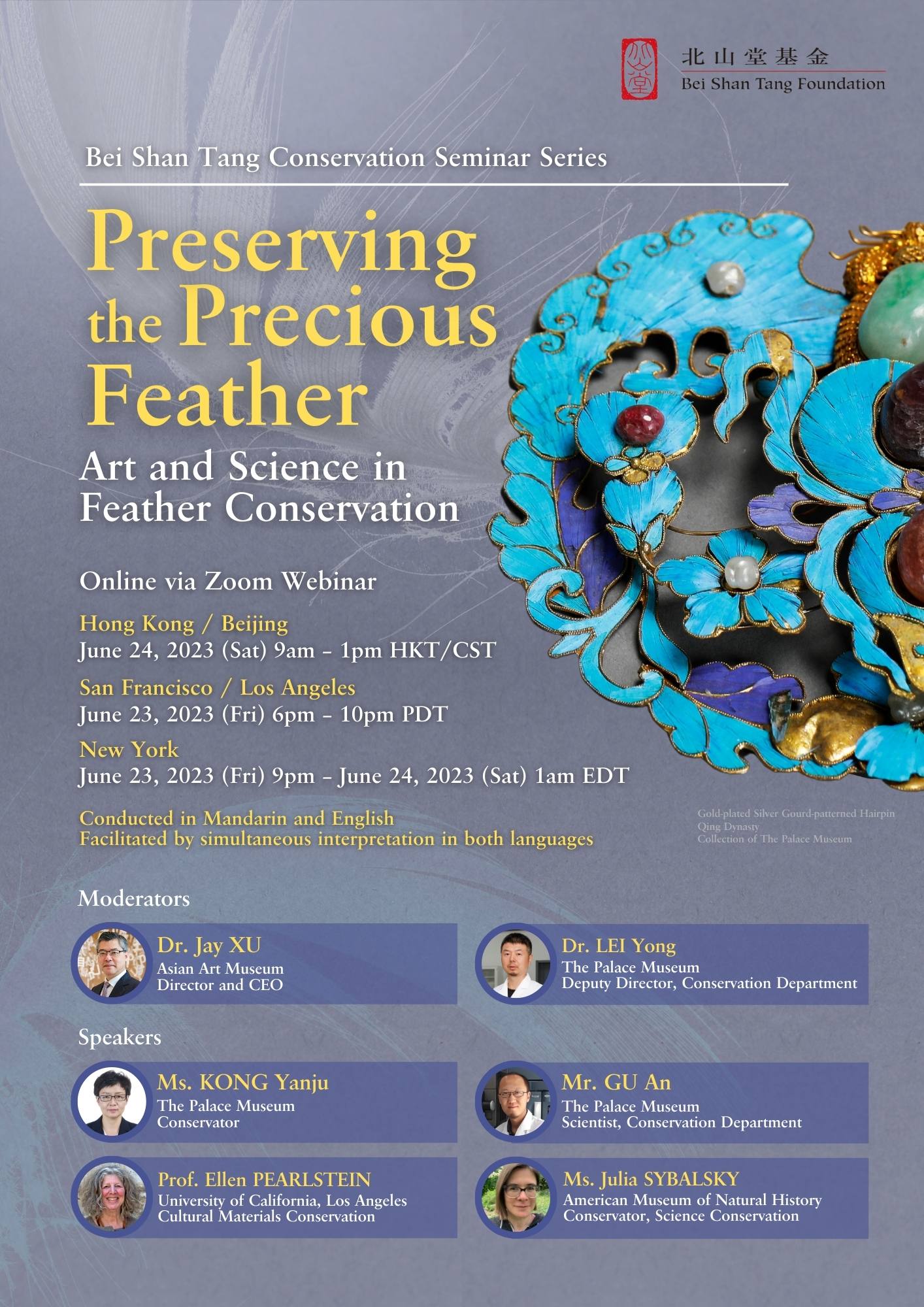
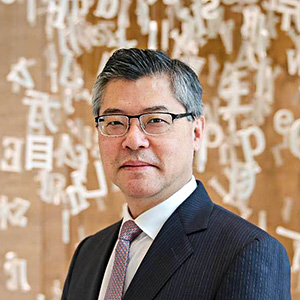
Dr. Jay XU (Moderator)
Director and CEO, Asian Art Museum, San Francisco | Fellow of the American Academy of Arts and Science
Dr. Jay XU is the Director and CEO of Asian Art Museum, San Francisco and Fellow of the American Academy of Arts and Science. Prior to his current role, he is the Pritzker Chairman of the Department of Asian and Ancient Art at The Art Institute of Chicago. In his earlier stage of museum career, he had also worked in the Shanghai Museum, The Metropolitan Museum of Art and the Seattle Art Museum. His 40 years of museum experience includes fields such as academic research, exhibition planning and curatorial research, collection management and museum management. Dr. Xu received his Ph.D. in Chinese Art and Archaeology from Princeton University. His research focus ranges from collection research on Chinese bronze, painting and calligraphy, and ceramic, to contemporary art, as well as collecting history and museum development.
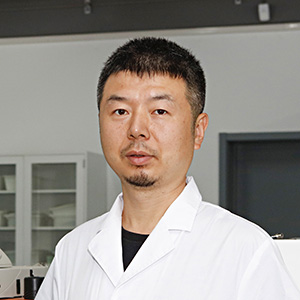
Dr. LEI Yong (Moderator)
Deputy Director and Research Fellow, Conservation Department, The Palace Museum
Dr. Lei Yong is the Deputy Director and Research Fellow at the Conservation Department of The Palace Museum and the Head of Key Laboratory of Conservation for Painting and Calligraphy, overseen by the Ministry of Culture and Tourism. Dr. Lei obtained his B.A. in History from the Northwest University, M.A. in History from Peking University, and Ph.D. in Science from the Institute of High Energy Physics at the Chinese Academy of Sciences. Since Dr. Lei joined The Palace Museum in 2004, he has been engaged mainly in the scientific analysis and research on coloured paintings, ceramics, lacquerware, and textiles. He is particularly interested in the areas of pigment analysis, organic dye identification and fading studies, micro- and nano-scale analysis of ancient ceramics, and non-invasive analysis of paintings and calligraphy. He has published dozens of papers in domestic and foreign journals, and has participated in many international academic conferences.
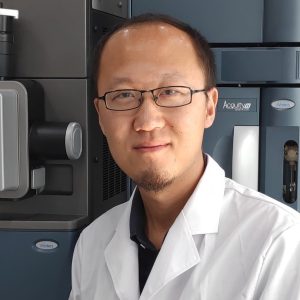
Mr. GU An (Speaker)
Scientist and Leader of Preventative Conservation Group, Conservation Department, The Palace Museum
Mr. Gu An, a graduate of Beihang University, is a scientist and leader of the Preventative Conservation Group at the Conservation Department of The Palace Museum. His work focuses on the need for non-destructive, micro-destructive, high sensitive, high resolution analysis of objects, which involves the use of 3D digital Microscope, excitation-emission matrix (EEM), NIR-Chemometrics, Py-GCMS, UPLC-QTOF, and AIMS. He has developed dedicated equipment and scientific approaches to identify the materials and craftsmanship of organic cultural relics, such as Chinese painting and calligraphy, textiles, lacquerware, and Kingfisher feather. He has been engaged in the National Key R&D Program of China, 2 Key Laboratory Programs of the Ministry of Culture and Tourism, as well as 5 national, provincial and ministerial level scientific research projects. He has also published more than 20 journal articles.
Mr. Gu will speak on the topic of “A scientific research on the development of feather craftsmanship at Qing Court” based on his research on Kingfisher feather craftsmanship using microscopy, infrared spectroscopy, raman spectroscopy, X-ray fluorescence spectroscopy and other scientific analysis techniques. His research findings revealed that craftsmen of ancient times controled feathers’ color and texture using a combination of techniques such as structural colour, barb density, and various background colours; on the other hand, they also analysed key materials such as support body, background color, and bonding. This is expected to provide scientific grounds for the understanding of traditional craftsmanship and conservation of artifacts.
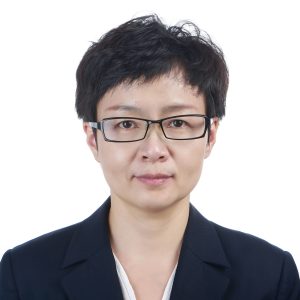
Ms. KONG Yanju (Speaker)
Conservator, Conservation Department, The Palace Museum
Ms. Kong Yanju graduated from the Department of Sculpture at China Central Academy of Fine Arts before joining The Palace Museum in 2004. She has been involved in the preservation and conservation of objects with jade inlays and Kingfisher feather in the Hall of Mental Cultivation (養心殿). She has also developed a research project aimed at studying the conservation techniques and craftsmanship of feather artworks.
Ms Kong will speak on the topic of “Study on Manufacturing Technology and Conservation of Kingfisher feather at Qing Court”, introducing The Palace Museum’s collection of Kingfisher feather artworks and their damages. Through in-depth study of the craftsmanship of the Kingfisher feather artworks, she will elaborate on the production of the artwork, the relationship and mutual influence between the mechanisms of damages and craftsmanship, as well as the conservation of the objects.
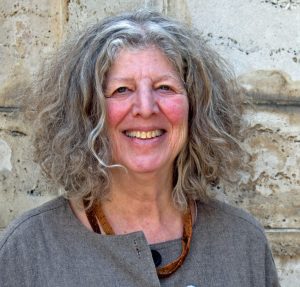
Prof. Ellen PEARLSTEIN (Speaker)
Cultural Materials Conservation, Department of Information Studies, The University of California, Los Angeles
Prof. Ellen Pearlstein is professor at the University of California, Los Angeles in the UCLA/Getty Program in the Conservation of Cultural Heritage and UCLA’s Department of Information Studies. She was Senior Objects Conservator at the Brooklyn Museum in New York. Her publications include Conservation of Featherwork from Central and South America, and she is currently completing “Getty Readings in Conservation: Conservation and Stewardship of Indigenous Collections: Changes and Transformations”. Ellen is a Fellow in AIC and IIC, a 2022 Rome Prize Fellow, a winner of the Keck award, and President of the Association of North American Graduate Programs in Conservation.
Prof. Pearlstein will speak on the topic of “Protective and fugitive properties of natural feather coloration”. Feathers play significant roles protecting internal organs of the bird along with promoting flight and attracting partners due to elaborate coloration. It is this same exquisite coloration that motivates artists worldwide to utilise feathers for all kinds of decorative purposes. In the Indigenous Americas, feathers are more than decorative. They are connected to cultural meanings conferred to particular birds, whose color values are more than merely ornamental. Prof. Pearlstein will explain on the protective properties that are conferred by natural coloration to feathers, and the relative sensitivity toward fading for different natural colorants. This enriches our own understanding of preventive practices.
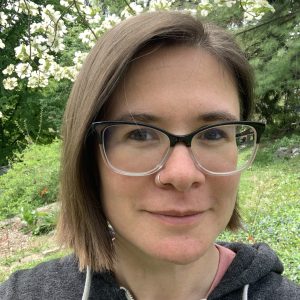
Ms. Julia SYBALSKY (Speaker)
Conservator, Science Conservation, American Museum of Natural History
Ms. Julia Sybalsky is a conservator at the American Museum of Natural History, where her work primarily supports the preservation of natural science collections used both in scientific research and display. She received an advanced certificate in the Conservation of Historic and Artistic Works and an MA in the History of Art and Archaeology from the Conservation Center of the Institute of Fine Arts, New York University, as well as BA in Anthropology and BFA in Fine Art from Washington University in St Louis. She is an ongoing contributor to various professional organizations and projects, including the Materials Selection and Specification Working Group, and the Museum Pests Working Group. Ms. Sybalsky has lectured on topics in objects conservation at The Conservation Center, Institute of Fine Arts, New York University, as well as SUNY Buffalo, UCLA, and George Washington University.
Ms. Sybalsky will speak on the topic of “The Impact of Cleaning on Feather Preservation: Results of a Four-Year Study Conducted at the AMNH” on her research with the Science Conservation team at the American Museum of Natural History evaluating commonly used feather cleaning techniques and their impacts on preservation. Over 100 cleaning commonly-used techniques were identified through a community survey. An initial empirical evaluation of each technique resulted in the selection of 23 methods for study. Data from short- and long-term investigations of the selected methods was interpreted using a multi-criteria decision-making technique, allowing them to be ranked according to their potential for causing damage to feathers of different types and condition states. An interactive digital guideline for decision-making was built using rankings, which delivers recommendations in response to user inputs about the morphology and condition of the feathers to be cleaned, as well as risk tolerance for different types of damage. Ms. Sybalsky will present research findings and demonstrate how the interactive digital guideline could help conservators and allied professionals approach cleaning in a more systematic way.